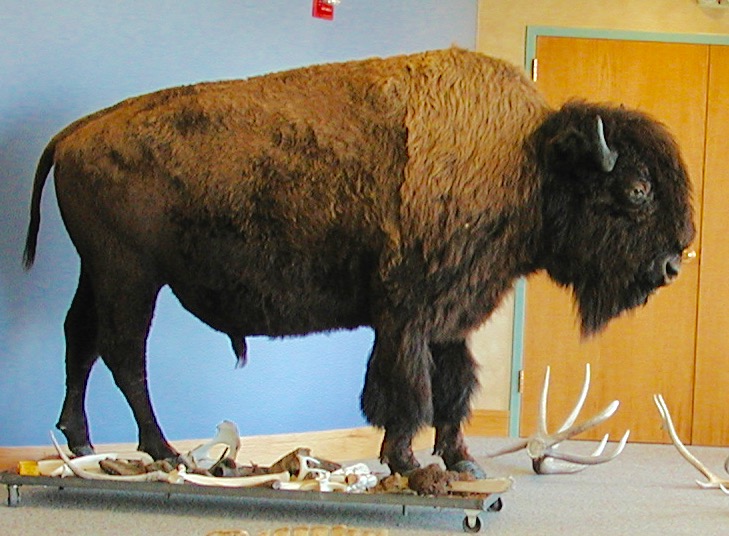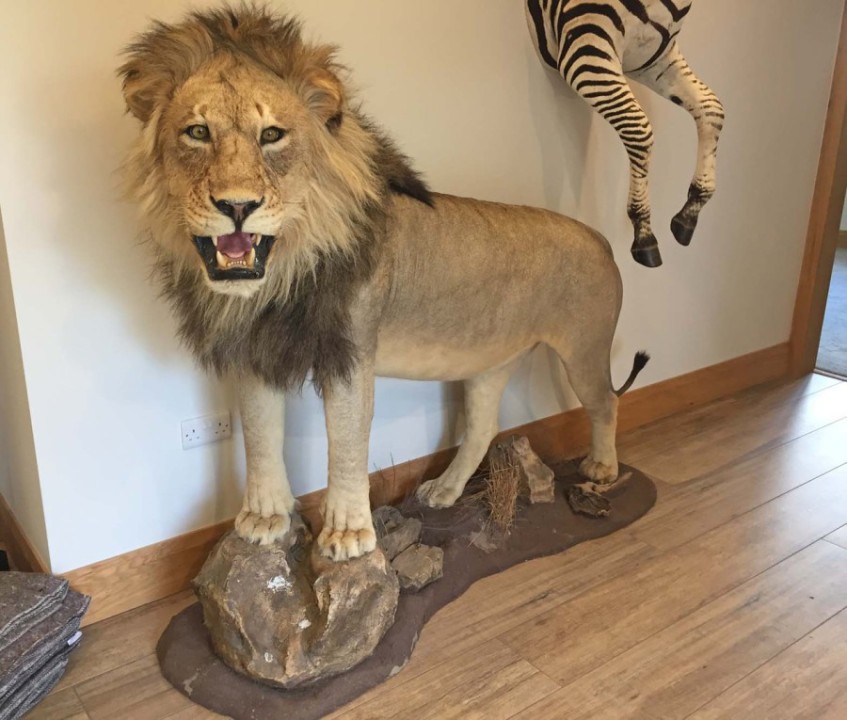Taxidermy, the art of preserving and mounting animal specimens, offers a unique opportunity to showcase the beauty and diversity of the natural world. While traditional taxidermy often focuses on familiar species such as deer, birds, and fish, there is also a growing interest in preserving exotic animals from around the globe. In this article, we will explore the challenges and considerations involved in taxidermy of exotic animals, including preservation techniques and display considerations.
Preservation Techniques
Preserving exotic animals for taxidermy presents a number of unique challenges due to their often delicate anatomy and specialized habitats. Unlike common game species, exotic animals may require specialized preservation techniques to ensure that their specimens remain lifelike and intact.
One of the most important considerations in preserving exotic animals is ensuring that the specimen is properly prepared and preserved soon after death. This may involve field dressing the animal to remove internal organs and tissues, as well as carefully skinning and fleshing the specimen to prevent decomposition.

Once the specimen has been properly prepared, it may be treated with chemical preservatives or tanning agents to prevent decay and maintain the integrity of the skin. Depending on the species and desired outcome, taxidermists may employ a variety of preservation techniques, including dry preservation, wet preservation, or freeze-drying.
Ethical Considerations
When working with exotic animals for taxidermy, it is important to consider the ethical implications of harvesting and preserving specimens. Many exotic species are protected by international conservation laws, and their collection and trade may be restricted or prohibited.
Before embarking on a taxidermy project involving exotic animals, it is essential to ensure that the specimens were obtained legally and ethically. This may involve obtaining proper permits and documentation, as well as working with reputable suppliers who adhere to ethical and sustainable practices.
In some cases, taxidermists may choose to work with captive-bred specimens or ethically sourced materials to minimize the impact on wild populations. By prioritizing conservation and ethical considerations, taxidermists can ensure that their work contributes to the preservation and appreciation of exotic animals without harming their populations in the wild.
Display Considerations
Once preserved, exotic animal mounts can be displayed in a variety of settings, from private collections and museums to educational institutions and wildlife exhibits. When designing displays for exotic animal mounts, it is important to consider the natural habitat and behavior of the species, as well as any cultural or conservation significance.

For example, mounts of tropical birds or reptiles may be showcased in lush, jungle-themed dioramas to recreate their natural environment. Similarly, mounts of African big game species such as lions or elephants may be displayed in open savannah settings to evoke the spirit of the African wilderness.
In addition to aesthetic considerations, it is also important to consider the educational value of exotic animal mounts. Displays may include informative signage or interactive elements to educate viewers about the species’ habitat, behavior, and conservation status, helping to raise awareness and appreciation for these remarkable creatures.
In conclusion, taxidermy of exotic animals offers a unique opportunity to preserve and showcase the beauty and diversity of the natural world. By employing careful preservation techniques, considering ethical considerations, and designing thoughtful displays, taxidermists can create captivating and educational exhibits that inspire awe and appreciation for these remarkable creatures.
